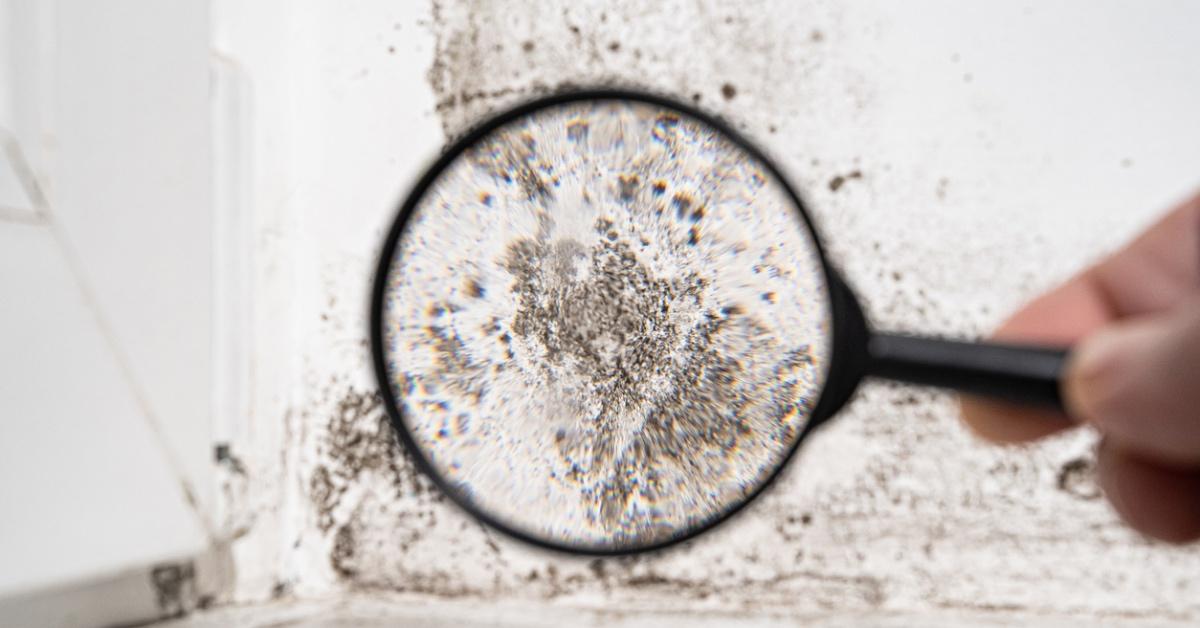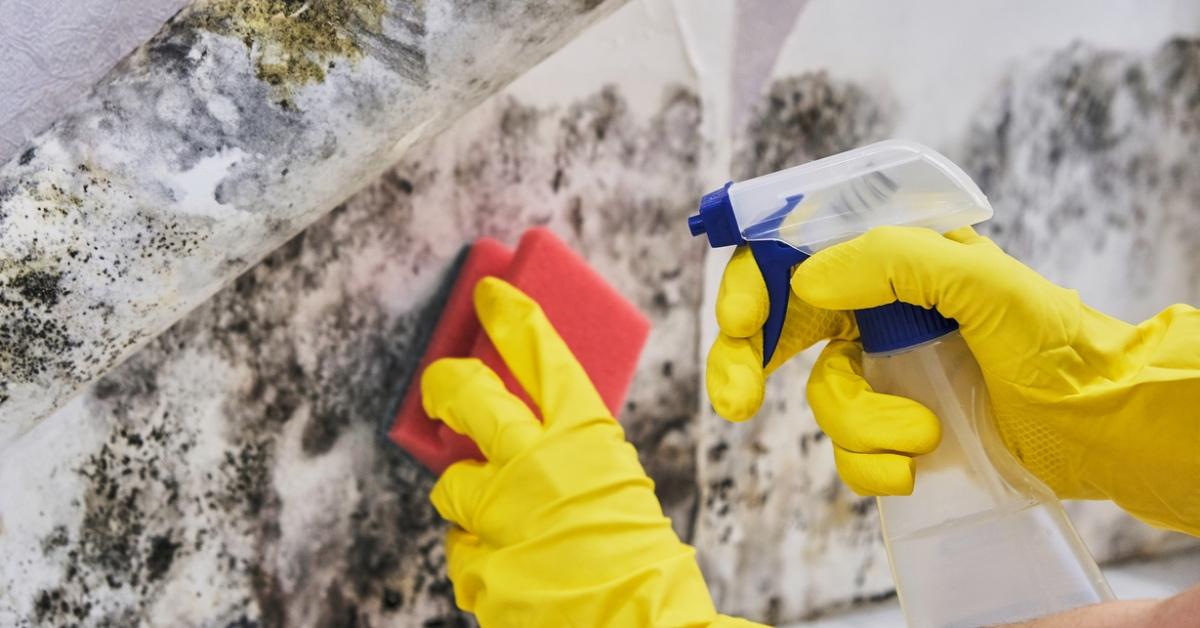Social Media User Warns Others That Mold Exposure Symptoms Can Include Weight Gain
Published Aug. 11 2023, 12:33 p.m. ET
Unlike sensationalized fungi like Cordyceps from The Last of Us or edible fungi like portobello mushrooms, the worst kind of fungi for your body is arguably mold. While not necessarily black, this fungi grows and spreads on damp wood products and drywall, creating an environment where you could get very sick.
On Aug. 3, 2023, TikTok user @yawnniing posted to say she discovered mold in her mattress and how her weight dramatically changed. Does mold make you gain weight!? Here's what you need to know (and where you should check for mold in your own home or apartment.)

So, does mold make you gain weight?
User @yawnniing explains in her post, "I've been sleeping on a moldy mattress for 8 months." As a 5'9 person, she typically weighs between 145 and 155 pounds. However, she suddenly gained thirty extra pounds, despite doing everything she could to keep it at bay.
"I was fasting, I was exercising, I was doing all kinds of stuff. Nothing would drop it."
Then, she says, after realizing her old mattress had mold under it, she began to research. "Basically, the two things that can happen are like, you know, headaches, cognitive problems, fatigue aches in your body, and if you get none of these, then your body is probably storing the mold in your body fat, and its making you gain weight so you have more room for the mold."
In some cases, mold produces mycotoxins, toxic agents that can get into the body from food such as cereal, nuts, or fruit. Symptoms of mycotoxins exposure include nausea, diarrhea, loss of appetite, vomiting, or unexplained weight gain like @yawnniing experienced, says Stern Mold, meaning yes, some mold can make you gain weight!
Per the World Health Organization, to avoid mycotoxin health risks, ensure foods like grains are stored properly, don't keep foods for an extended period, and inspect all grains before eating.
What are the symptoms of mold exposure?
According to the Centers for Disease Control and Prevention (CDC), molds can affect people with various symptoms. Some include allergies, upper respiratory symptoms like a cough, itchy eyes and skin, or red eyes. In rare cases, prolonged exposure to mold in the home can give you pneumonia.
Mold is relatively common, and according to a 2016 study by the National Institute of Health, found in roughly ten to 60 percent of all indoor living spaces. Mold is also a normal part of the outdoors, making it relatively difficult to avoid mold exposure.
Healthline says if you begin experiencing cold-like symptoms after mold exposure, you should get to your doctor for medical treatment. "Detoxing" from mold, however, is typically unnecessary.

How can you get rid of mold?
Thankfully, it's relatively easy to get rid of mold! The CDC recommends that you can avoid mold before it forms by controlling humidity levels in your home, cleaning and drying after flooding, ventilating areas like the shower and the kitchen, and fixing leaky roofs, windows, and pipes.
However, if your home does develop mold, Home Depot has a few tips for cleaning up the mess safely:
- Before cleaning, eliminate any moisture that could cause more mold in the future, including running a dehumidifier.
- Use soap, water, or no more than 1 cup of laundry bleach in 1 gallon of water.
- Never mix ammonia with bleach or other all-purpose cleaners.
- Scrub mold with a stiff brush and dry with a rag.
- When cleaning, wear protective clothing such as rubber boots, goggles, and gloves.
- If something is too porous and easily becomes moldy again, such as ceiling tiles, you may have to replace them.
When finished cleaning the mold, immediately throw your clothes into a separate laundry load of hot water. Put all of your used rags in a sealed garbage bag and out with the trash.
